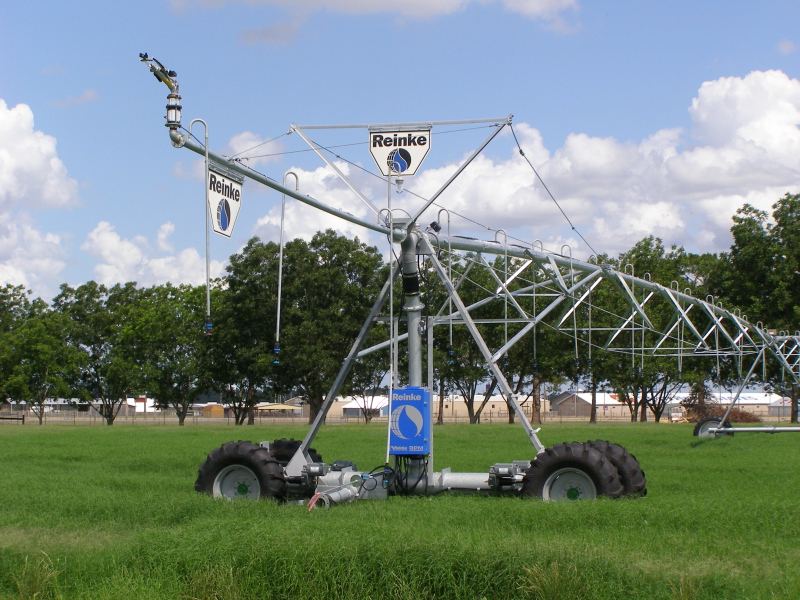

The attacker can then use his access to scrape for passwords via a keylogger or password-stealing tool like Mimikaz.

In this type of attack, the intruder might use a phishing email to infect a machine that interfaces with a particular server. Once the attacker has found a suitable target, they can take advantage of these weaknesses to move laterally to another asset.Īnother method of lateral movement exploits stolen credentials. Many of these enumeration tools do things like scanning for open ports that are listening and identifying machines that are suffering from unpatched vulnerabilities.

In one approach, the attacker uses tools designed to internally scan the network to gain information on other machines they may want to move to. Overall, there are common ways by which a threat actor moves laterally. But once they’ve established a foothold, they can then move laterally (or horizontally, sometimes called east-west traffic) within the network to reach their objective. For an attacker to get inside the network, they must move vertically - that is, from outside to inside (sometimes called north-south traffic). The top half represents what’s outside the network, while what lies below the line represents what’s inside. In any network, you can represent the perimeter with a horizontal line. Let me draw you a picture to help clarify what’s going on here. Lateral movement is when an attacker compromises or gains control of one asset within a network and then moves on from that device to others within the same network. Thinking about this another way: if security teams can detect the lateral movement before the attackers reach their intended targets, they can prevent the attacker from successfully completing the mission.īut what exactly is lateral movement, and how does it work? In this blog, we’ll look at some of the most common types of lateral movement and identify ways by which we can detect and defend against this step in an attack. The initial compromise seldom causes severe damage. They’ll then move laterally from this initial compromise through the network to reach their intended target. To accomplish their goal, bad actors are likely to break into a low-level web server, email account, employee endpoint device, or some other starting location. When attackers compromise an asset in a network, that device usually is not their ultimate destination. In reality, it’s a little more complicated than that. All they need to do is compromise the system that has what they want. This goal may involve accessing a developer’s machine and stealing a project’s source code, sifting through a particular executive’s emails, or exfiltrating customer data from a server that’s responsible for hosting payment card information. Lateral moving into an intelligence MOS provides an excellent way for a Marine in another career field to continue their service while gaining valuable training and experience as an Intelligence Professional.In any given attack campaign, bad actors have a specific goal in mind. The Intelligence Community needs lateral movers to fill these critical billets. The Intelligence MOSs have the potential of increasing by as many as 300 billets over the next 4-5 years. Accordingly, two-thirds of all intelligence Marines serve in the operating forces, with the majority assigned to the staffs and units of tactical command.Īs the Marine Corps Intelligence Community grows to support the Global War on Terrorism, capable and qualified Marines are needed to fill personnel requirements. Because Marine forces are employed primarily at the operational and tactical levels of war, Marine Corps ntelligence activities are oriented toward that level of support. Because Marine forces are employed primarily at the operational and planning process. The mission of the Marine Corps Intelligence is to provide commanders at every level with seamless, tailored, timely, and mission-essential intelligence and to ensure this intelligence is integrated into the operational planning process.


 0 kommentar(er)
0 kommentar(er)
